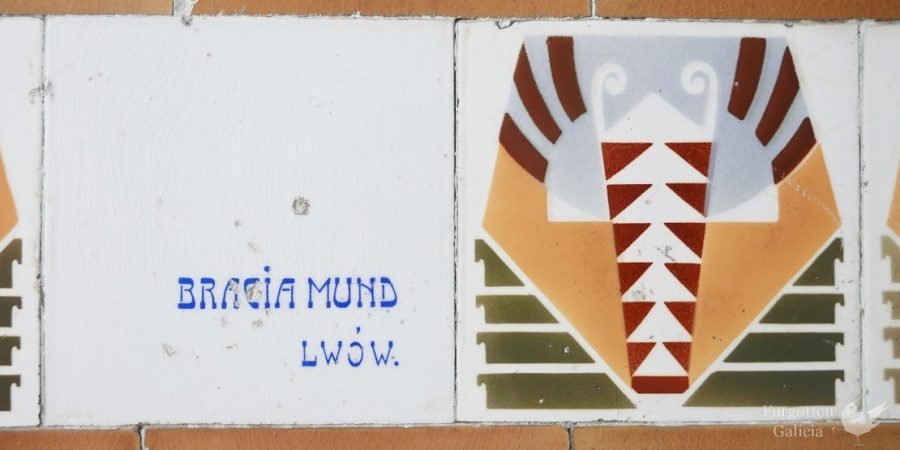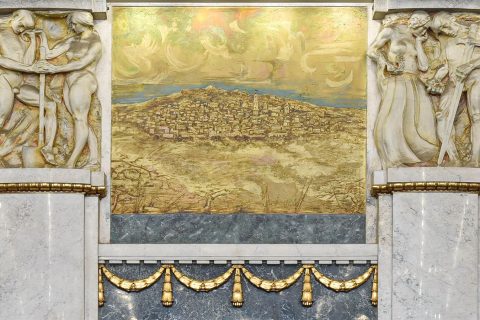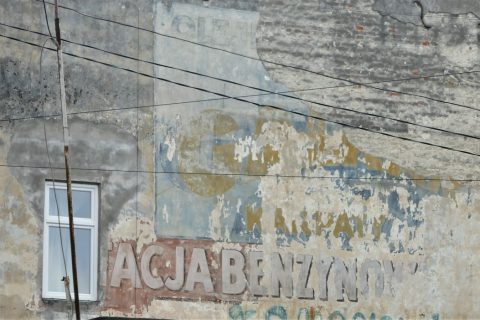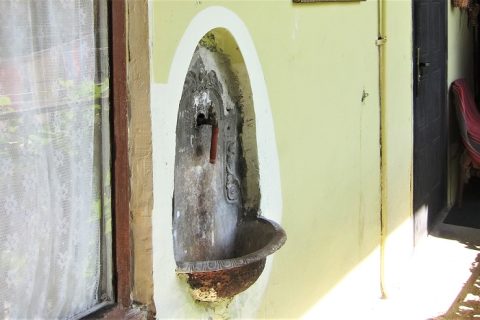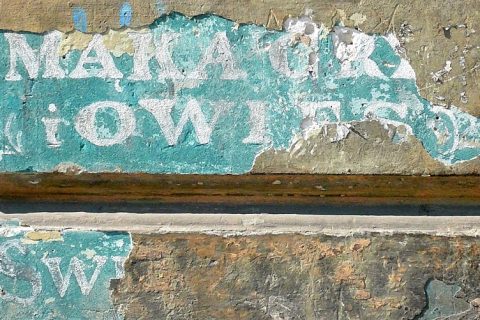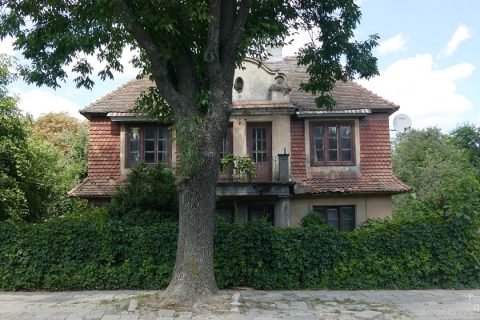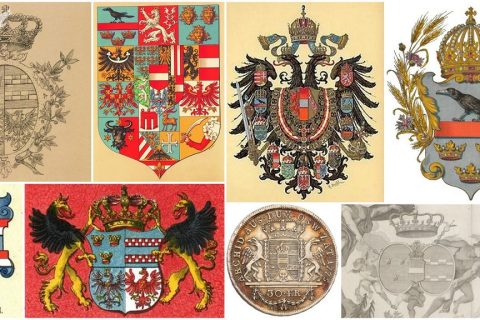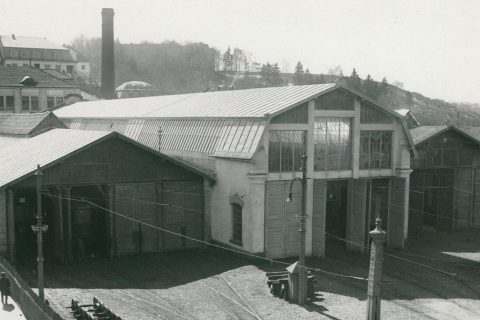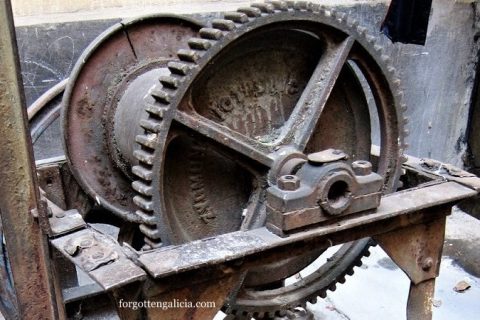Bracia Mund: How Three Brothers Brought Beauty to Lviv’s Vestibules
One of the most successful businesses in Galicia was Bracia Mund, which was founded in 1898 in Lwów (Lviv). It was co-owned by three brothers Maurycy Mund (1869-~1943), Jakób Mund (1872-~1943), and Ignacy Mund (?-~1943). The company started off with a storefront at 23 Sykstuska Street (now Doroshenka), selling architectural […]
Read More
